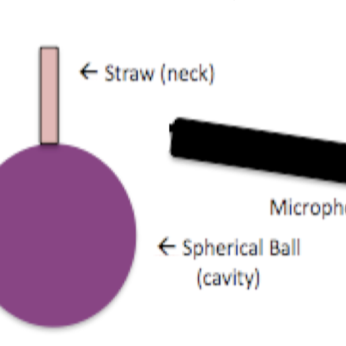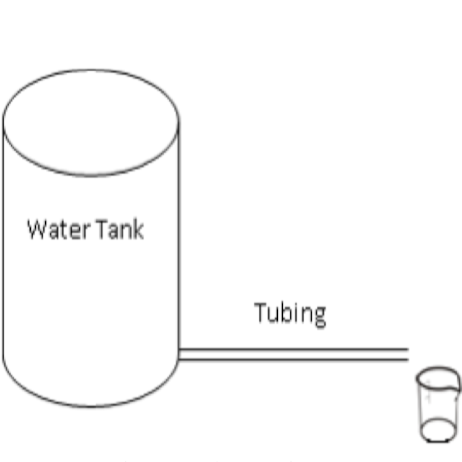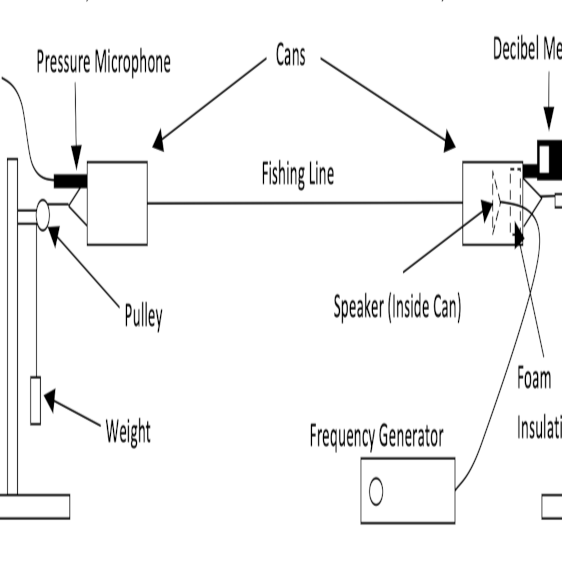ISB Journal of Physics
Volume 5
January - December, 2011
Archived under the ISJOS collection
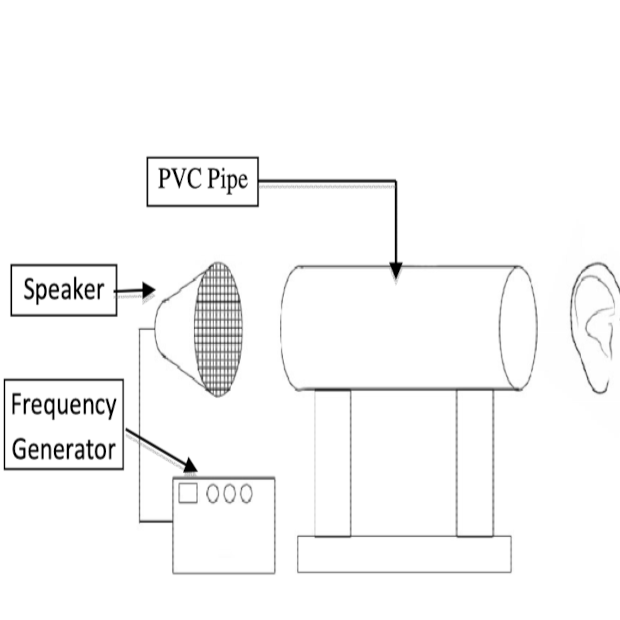
To investigate the relationship between the diameter of a pipe and the end correction of a standing wave created in the pipe, five plastic pipes with different diameters were cut to 0.402 m in length. A speaker emitting a single frequency was held near one end of the pipe and the frequency adjusted until the loudest resonance was heard. It was found that there is a proportional relationship between the diameter (D) and end correction (C), as modeled by the equation C = 0.33 D.
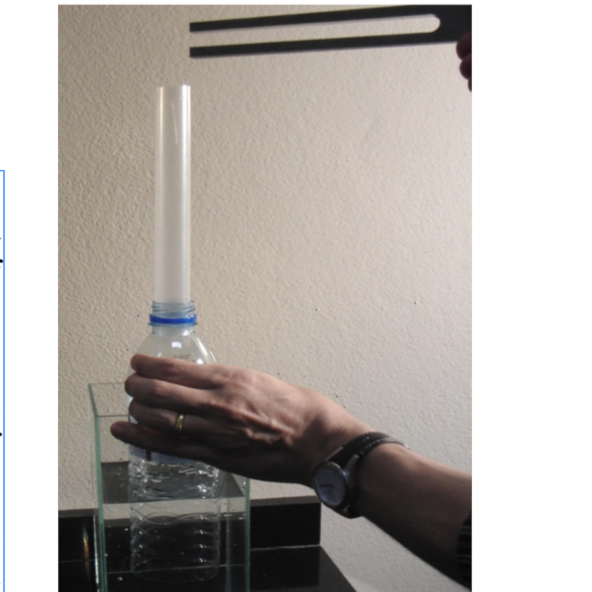
The resonance that occurs when blowing across the top of a water bottle filled with different volumes of water was studied. It was shown that, contrary to popular belief, a water bottle is not an ideal Helmholtz resonator. Resonance in a water bottle with an extendable neck was then studied to determine how the length of the neck affects the resonance. The results showed that ideal Helmholtz resonance occurs when the neck length was in a middle range, while for no neck a standing wave resonance occurs. For a very long neck the results were inconclusive.
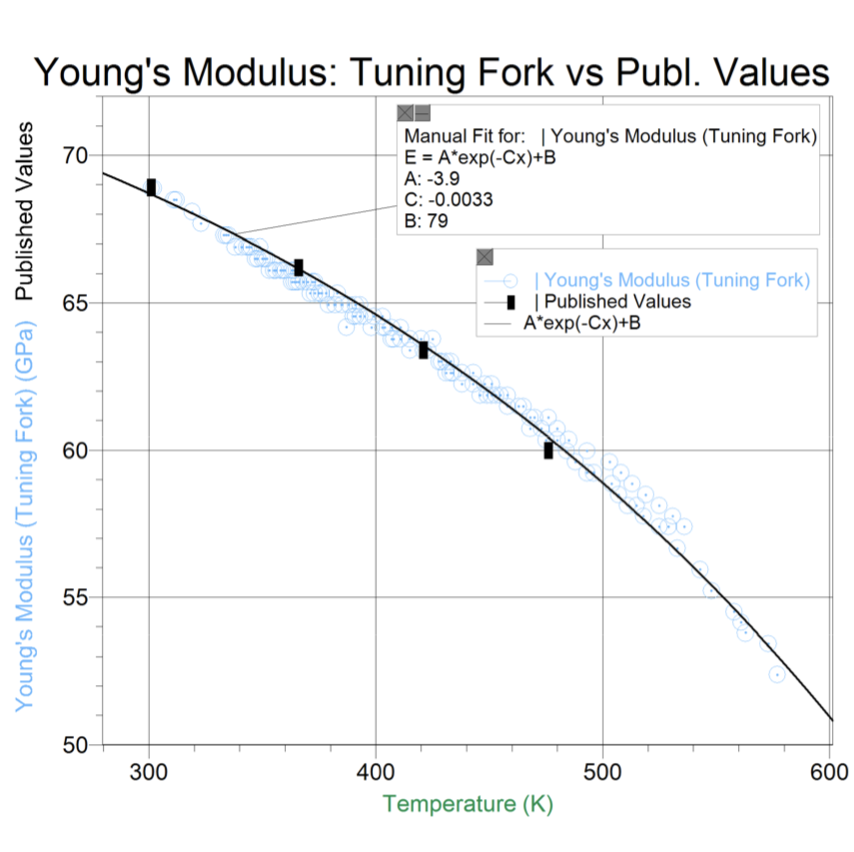
The frequency produced by a standard C (523.3 Hz) aluminum alloy tuning fork when struck at temperatures ranging from 29˚C to 300˚C was studied. It was found that frequency decreased with increasing temperature with an inverse exponential relationship. The frequency was used to calculate Young’s Modulus for aluminum, with the results being in close agreement with published values.
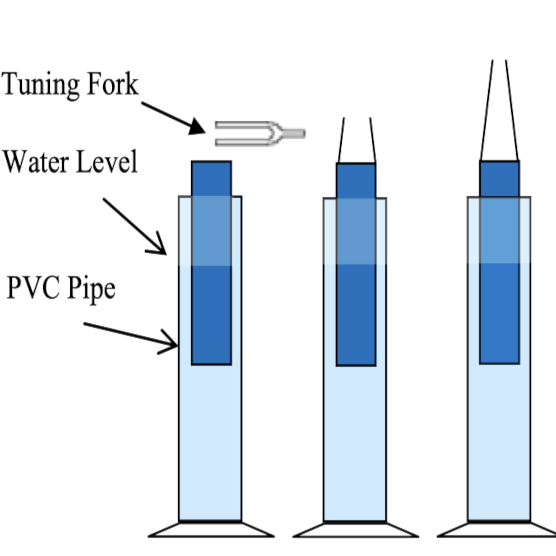
The relationship between ratio of the upper opening diameter of a cone-topped cylinder to the cylinder diameter, and the ratio of the length of the air column to resonant period was examined. Plastic cones with upper openings ranging from 1.3 cm to 3.6 cm and tuning forks with frequencies ranging from 261.6 Hz to 523.3 Hz were used. The transition from a standing wave in a cylindrical column to a Helmholtz-type resonance in a resonant cavity with a narrow opening was observed.
The relationship between the neck length of a spherical resonator and its period of fundamental resonance was investigated. This was done by measuring the frequency of fundamental resonance of the resonator at 6 different neck lengths. It was found that its resonance resembled Helmholtz resonance but was not that of ideal Helmholtz resonance.
In this study water flowed through a straight horizontal plastic tube placed at the bottom of a large tank of water. The effect of changing the length of tubing on the velocity of flow was investigated. It was found that the Hagen-Poiseuille Equation is valid when the effect of water entering the tube is accounted for.
A can-telephone is a device consisting of two cans connected by a string through each base. The relationship between the input frequency and the intensity of the transmitted sound was investigated. Frequencies from 230 to 1370 Hz were tested. The system was found to follow the properties of a simple harmonic oscillator in relation to intensity and frequency, causing the maximum transmitted intensity to appear when the input frequency was close to the resonant frequency of the bases of the cans.

